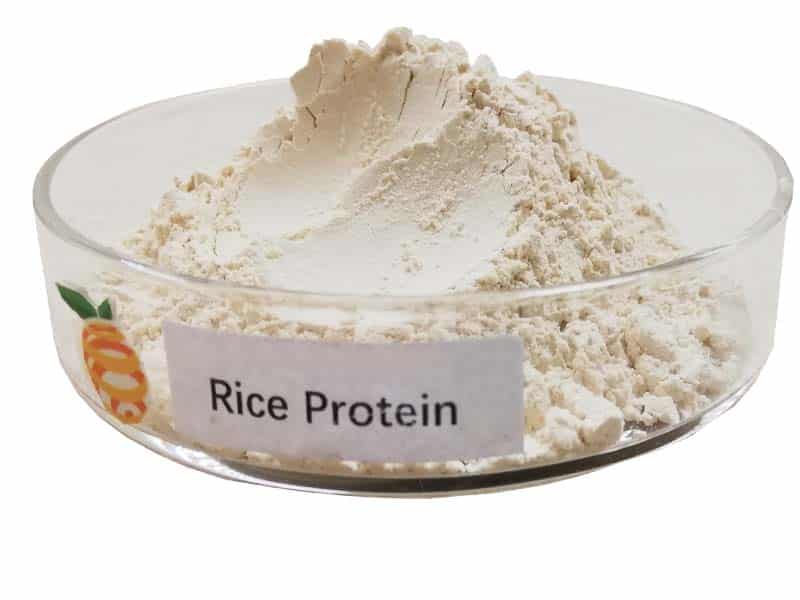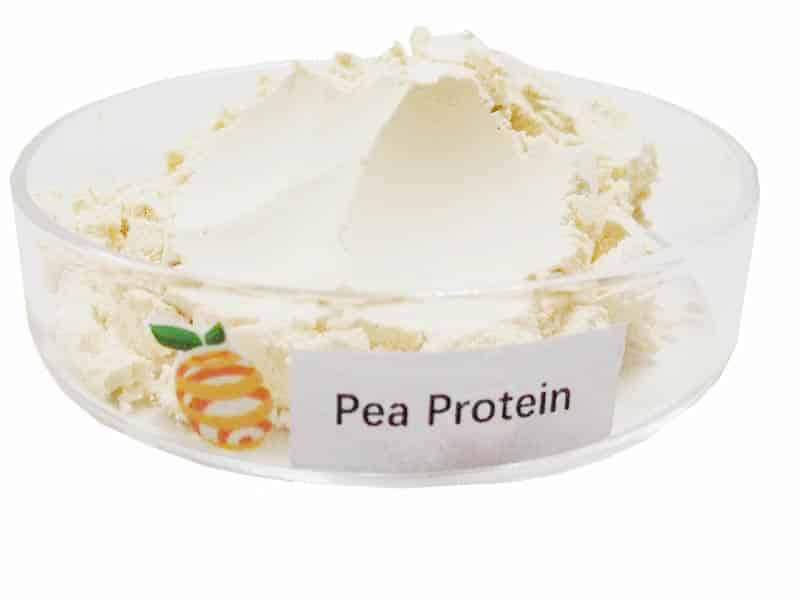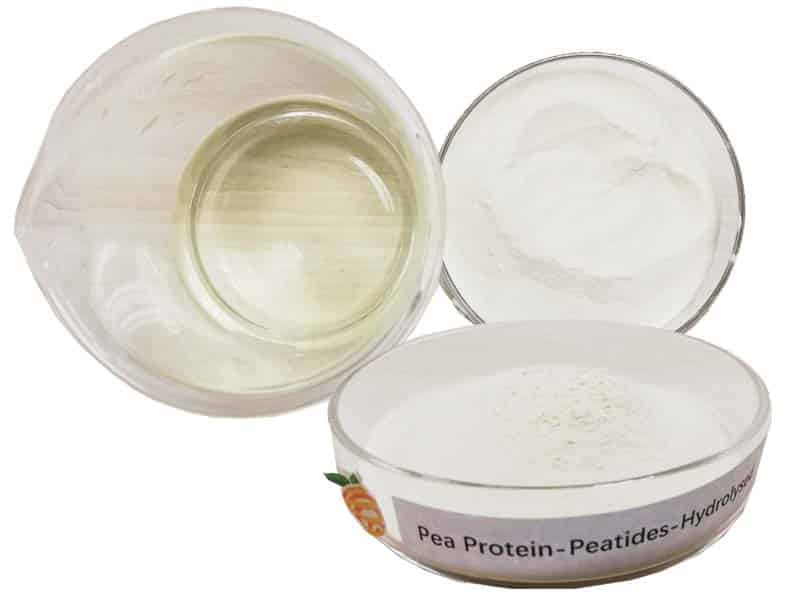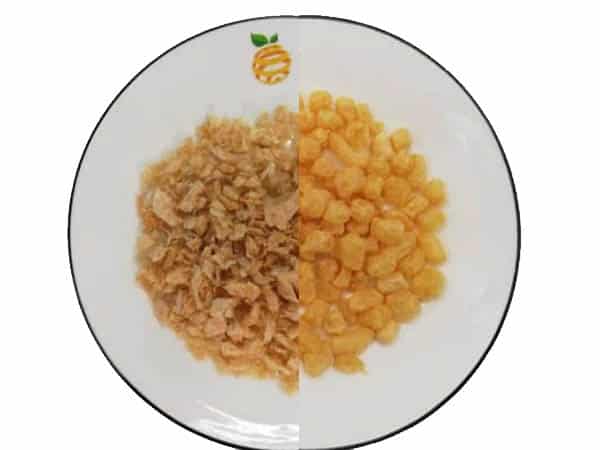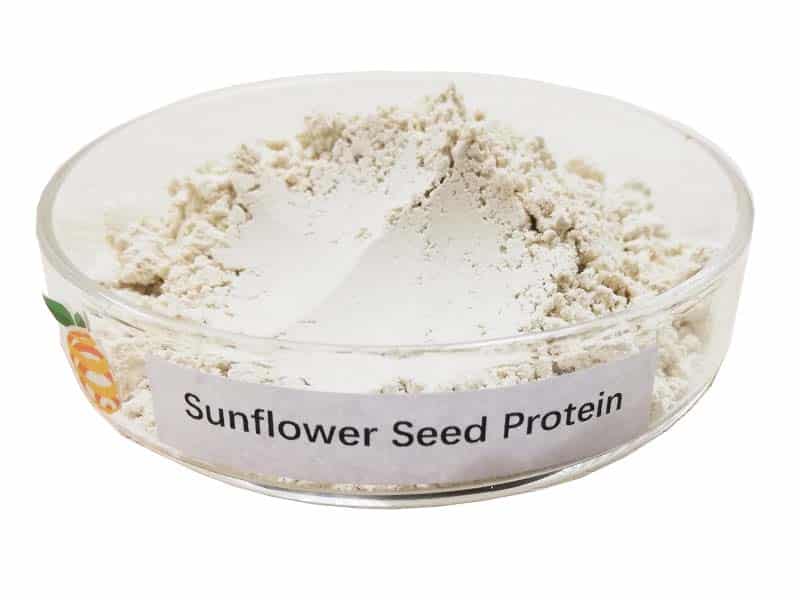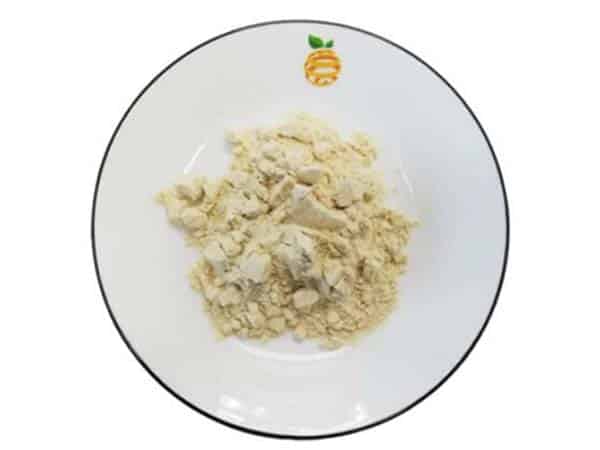Humectants Explained: Their Role in Food Freshness
-
Table of Contents
- Humectants in Food Preservation: Ensuring Freshness and Quality
- Understanding Humectants and Their Functionality
- Common Types of Humectants in Food
- Benefits of Using Humectants in Food Products
- Applications and Examples of Humectants in Food
- Case Studies and Statistics
- Challenges and Considerations
- Conclusion: The Integral Role of Humectants in Food Freshness
- Discover ETprotein’s High-Quality Protein Products
Humectants in Food Preservation: Ensuring Freshness and Quality

Food preservation is a critical aspect of the food industry, ensuring that products remain fresh, safe, and appealing from the moment they are produced until they reach the consumer. One of the key players in this process is a group of substances known as humectants. These ingredients are vital in maintaining the moisture content of food, which is essential for preserving freshness, texture, and shelf-life. In this article, we will delve into the role of humectants in food preservation, exploring their functions, benefits, and applications.
Understanding Humectants and Their Functionality
Humectants are hygroscopic substances that have the ability to attract and retain moisture from the surrounding environment. This property makes them invaluable in the food industry, where they are used to prevent products from drying out or becoming stale. By binding water molecules, humectants help to maintain a product’s moisture content, which is crucial for both texture and microbial stability.
- Moisture Retention: Humectants help to keep food moist, which is particularly important for baked goods, confectionery, and snacks.
- Texture Preservation: They play a role in maintaining the desired texture of food products, preventing them from becoming too hard or chewy.
- Extended Shelf Life: By controlling water activity, humectants inhibit the growth of spoilage microorganisms, thereby extending the shelf life of food.
Common Types of Humectants in Food
There are several types of humectants used in the food industry, each with its own unique properties and applications. Some of the most commonly used humectants include:
- Glycerol (Glycerin): Widely used in baked goods, confectionery, and meat products.
- Sorbitol: Found in sugar-free products, chewing gums, and low-moisture foods.
- Propylene Glycol: Utilized in flavorings, beverages, and as a carrier for food colorings.
- Lactic Acid: Used in bakery products, dressings, and ready-to-eat meals.
Benefits of Using Humectants in Food Products
The inclusion of humectants in food formulations offers several benefits:
- Improved Product Quality: Humectants help maintain the freshness and quality of food products, ensuring consumer satisfaction.
- Cost-Effectiveness: By extending the shelf life of food, humectants reduce waste and the need for frequent restocking.
- Versatility: They can be used in a wide range of products, from dry goods to frozen items.
- Health Considerations: Some humectants, such as sorbitol, provide a reduced-calorie alternative to sugar, catering to health-conscious consumers.
Applications and Examples of Humectants in Food
Humectants are used across various food categories. Here are some examples:
- Bakery Products: Glycerol is often added to cakes and pastries to keep them soft and moist.
- Confectionery: Sorbitol is used in sugar-free candies to provide sweetness and retain moisture without contributing to tooth decay.
- Meat Products: Propylene glycol helps to maintain the moisture and texture of processed meats and jerky.
- Dairy Products: Lactic acid can be found in cheese spreads and dips to enhance flavor and preserve freshness.
Case Studies and Statistics
Several studies have highlighted the effectiveness of humectants in food preservation. For instance, research has shown that glycerol can significantly extend the shelf life of bread by reducing staling. In another study, sorbitol was found to be effective in maintaining the quality of sugar-free chocolates during storage.
Statistics also support the importance of humectants in the food industry. According to market research, the global food humectants market is projected to grow, driven by increasing demand for longer-lasting and higher-quality food products.
Challenges and Considerations
While humectants offer many benefits, there are also challenges and considerations to keep in mind:
- Regulatory Compliance: Humectants must meet food safety regulations and be used within permissible levels.
- Consumer Preferences: Some consumers may be wary of additives, so transparency and education are key.
- Formulation Balance: The right balance of humectants is crucial to avoid over-humidification or textural issues.
Conclusion: The Integral Role of Humectants in Food Freshness
In conclusion, humectants play an integral role in maintaining the freshness, quality, and shelf life of food products. Their ability to control moisture and texture makes them indispensable in the food industry. As consumer demand for longer-lasting and healthier food options continues to grow, the use of humectants is likely to expand, further solidifying their importance in food preservation.
Discover ETprotein’s High-Quality Protein Products
In addition to understanding the role of humectants in food freshness, it’s also important to consider the source and quality of other food ingredients, such as proteins. ETprotein offers a range of high-quality protein products that can enhance the nutritional profile of various food applications. Their organic and non-GMO protein options, including rice, pea, and seed-based proteins, cater to a wide array of dietary needs and preferences. For those interested in incorporating premium protein ingredients into their products, ETprotein is a reliable choice.
About ETprotein:
ETprotein, a reputable protein and L-(+)-Ergothioneine (EGT) Chinese factory manufacturer and supplier, is renowned for producing, stocking, exporting, and delivering the highest quality organic bulk vegan proteins and L-(+)-Ergothioneine. They include Organic rice protein, clear rice protein, pea protein, clear pea protein, watermelon seed protein, pumpkin seed protein, sunflower seed protein, mung bean protein, peanut protein, and L-(+)-Ergothioneine EGT Pharmaceutical grade, L-(+)-Ergothioneine EGT food grade, L-(+)-Ergothioneine EGT cosmetic grade, L-(+)-Ergothioneine EGT reference grade and L-(+)-Ergothioneine EGT standard. Their offerings, characterized by a neutral taste, non-GMO, allergen-free attributes, with L-(+)-Ergothioneine purity over 98%, 99%, cater to a diverse range of industries. They serve nutraceutical, pharmaceutical, cosmeceutical, veterinary, as well as food and beverage finished product distributors, traders, and manufacturers across Europe, USA, Canada, Australia, Thailand, Japan, Korea, Brazil, and Chile, among others.
ETprotein specialization includes exporting and delivering tailor-made protein powder and finished nutritional supplements. Their extensive product range covers sectors like Food and Beverage, Sports Nutrition, Weight Management, Dietary Supplements, Health and Wellness Products, and Infant Formula, ensuring comprehensive solutions to meet all your protein needs.
As a trusted company by leading global food and beverage brands and Fortune 500 companies, ETprotein reinforces China’s reputation in the global arena. For more information or to sample their products, please contact them and email sales(at)ETprotein.com today.





